Nevada is home to a wide variety of bird species, both in the north and south of the state.
From majestic Northern Mockingbird to tiny songbirds, the diverse habitats in Nevada provide a home to an array of avian life.
In this article, we’ll introduce you to eight of the most common birds found in Northern and Southern Nevada.
Whether you’re a birdwatching enthusiast or simply interested in learning more about the local wildlife, this guide will provide you with a great starting point for exploring the avian world of Nevada.
| Image | Bird | Features | Price |
|---|---|---|---|
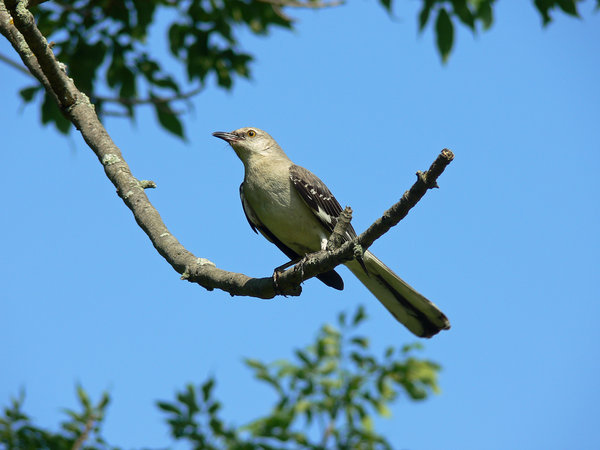 |
| 9.7 | Check Price |
 |
| 9.5 | Check Price |
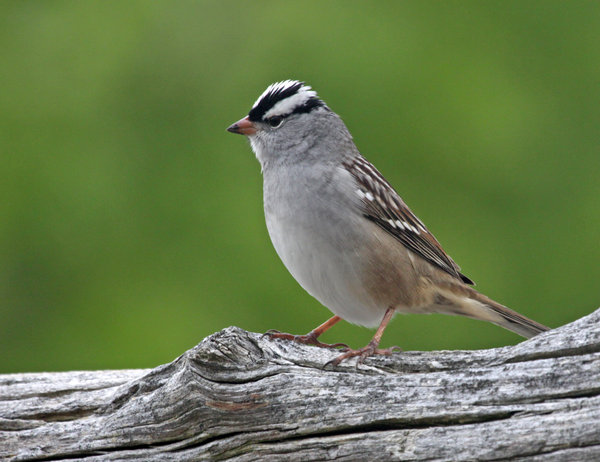 |
| 9.1 | Check Price |
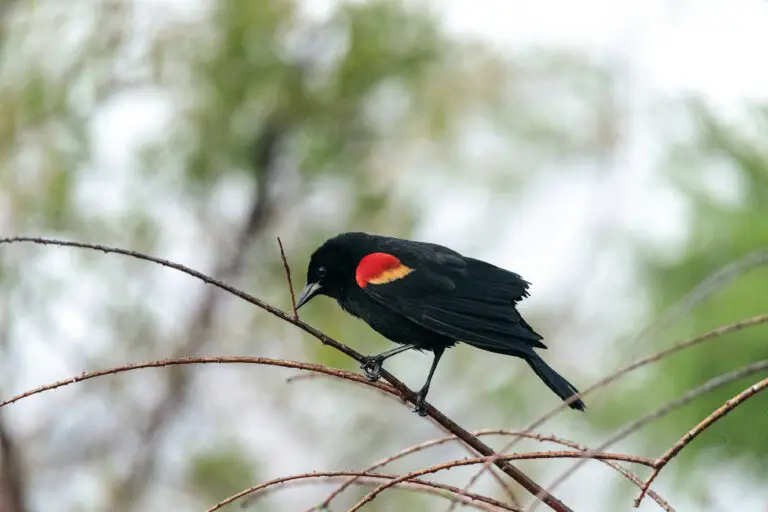 |
| 8.8 | Check Price |
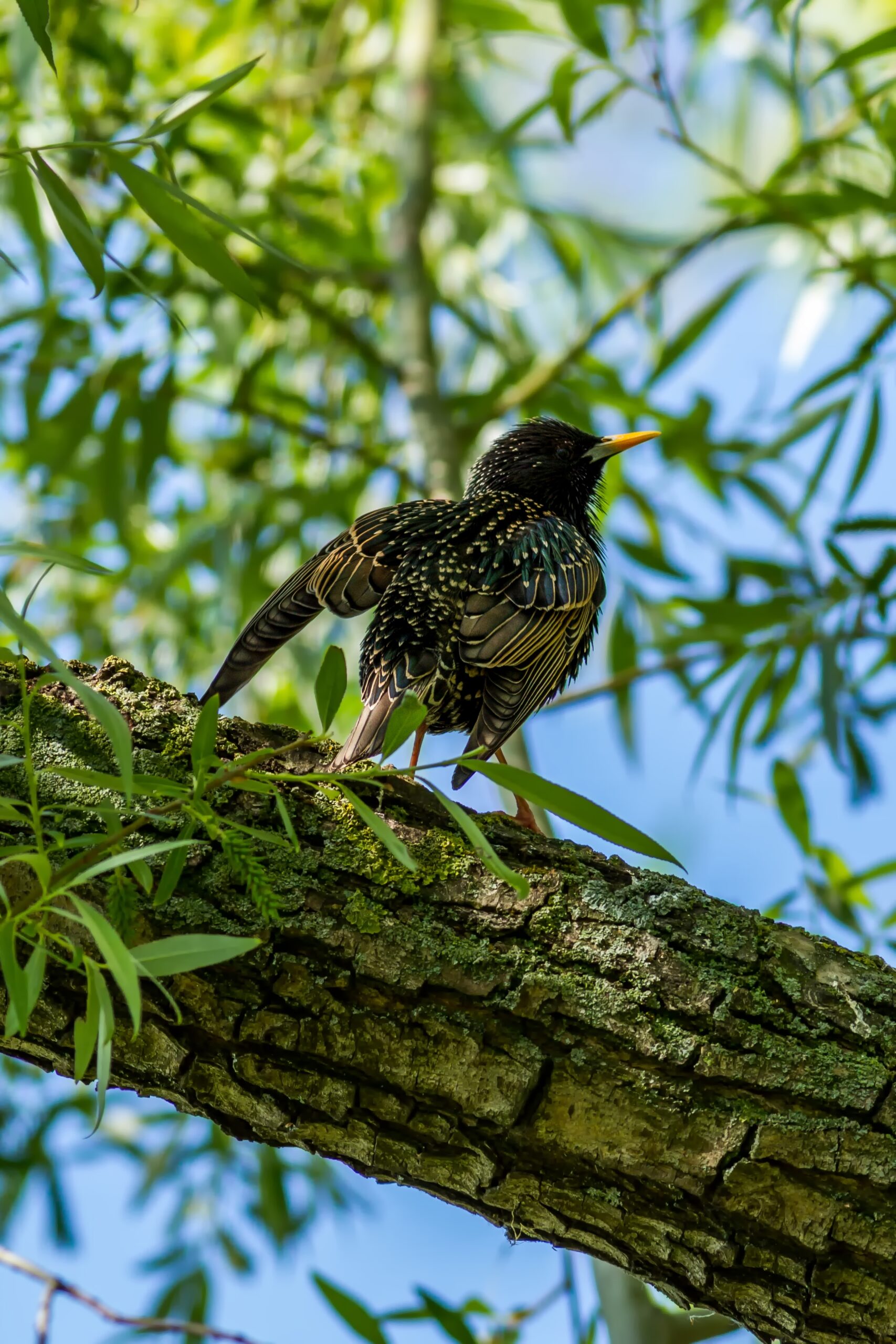 |
| 8.6 | Check Price |
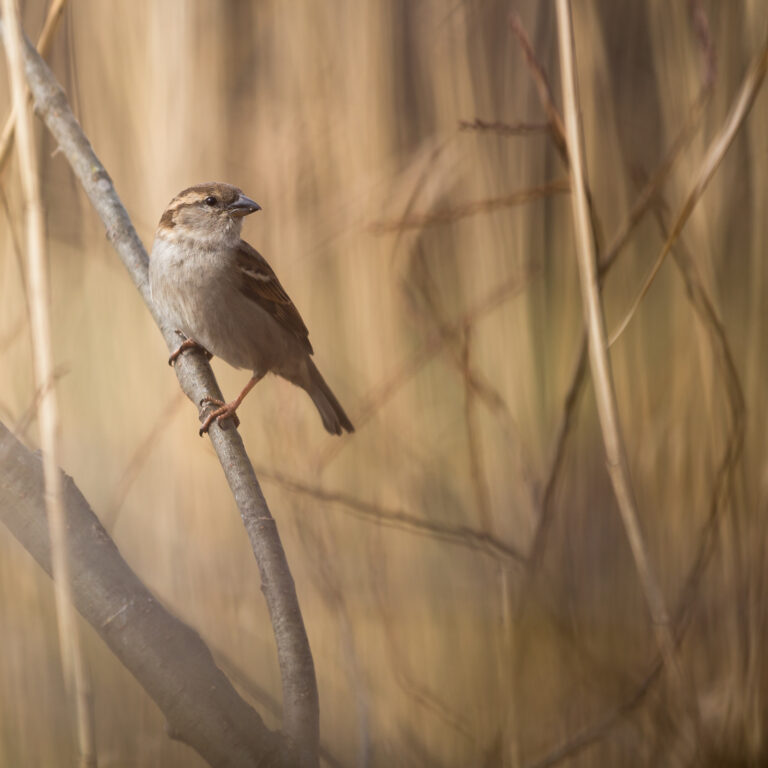 |
| 8.2 | Check Price |
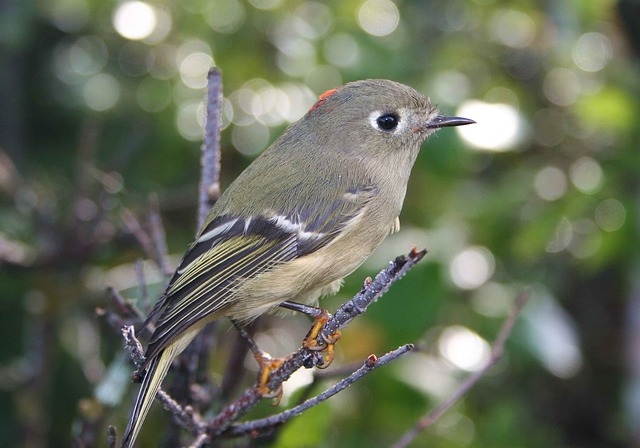 |
| 8 | Check Price |
 |
| 7.7 | Check Price |
If you don’t have the time to read the whole article, check out this video on 8 Common Birds in Nevada for a quick understanding.
Common Birds in Nevada
1. Northern Mockingbird

Northern Mockingbirds (Mimus polyglottos) are the most common and beautiful birds that are permanent residents of Nevada.
These birds are overall medium-sized, having tails that are long and pointed.
Their heads are smaller than their overall wide body.
Northern Mockingbirds typically measure between 8.3 and 10 inches (21 to 25.5 cm) in length, from the tip of their beak to the end of their tail.
These birds have relatively lightweight, usually ranging from 1.4 to 2 ounces (40 to 57 grams).
The wingspan of a Northern Mockingbird spans approximately 12 to 15 inches (30.5 to 38 cm), providing them with agile flight capabilities.
When they are flying, you can see the wing bars on their wings; these are only visible during their flight.
They have grayish-brown colored bodies with dull yellow on the underside of their bodies.
These birds are aggressive and show violence when it comes to protecting themselves or their territory.
These birds mark their own specific territories and do everything to keep them safe.
For a male mockingbird, it has the capacity to learn more than two hundred songs throughout his life.
These songs could be the songs that it comes up with or copies from other birds.
It never gets tired of singing these songs. You will hear these northern mockingbirds singing throughout the day and even in the hours of the night.
They like to stay in open spaces like open lawns and farmlands.
You will not see them around feeders, so attracting them through bird feeders might not work.
Instead, what you can do to attract them is to plant some fruit trees or dense bushes. For this, you can plant mulberries or blackberries, etc.
Northern Mockingbirds are omnivorous, consuming a varied diet that includes insects, berries, fruits, seeds, and occasionally small invertebrates.
Their diet tends to be more insect-based during the breeding season and shifts towards a higher fruit and seed intake in fall and winter.
Below are the characteristics of the Northern Mockingbird,
| Scientific Name | Mimus polyglottos |
| Family Name | Mimidae |
| Length | 8.3 – 10 inches (21 – 25.5 cm) |
| Weight | 1.4 – 2 ounces (40 – 57 grams) |
| Wingspan | 12 – 15 inches (30.5 – 38 cm) |
| Habitat | Open areas, suburbs, parks, gardens, and thickets |
| Food | Insects, berries, fruits, seeds, and small invertebrates |
2. California Scrub-Jay

The California Scrub-jay (Aphelocoma California) are unique and extraordinary species that stand out among all the other bird species.
These birds are permanent residents of the western parts of North America.
They do not migrate to other parts in any season.
The adult California scrub jays are of a different color than the younger ones having a patch of dark color on both cheeks.
Their ears are small with a white-colored slim line that passes above the ears.
California Scrub-Jays have a body length ranging from 11 to 12 inches (28 to 30.5 cm), measured from the tip of their beak to the end of their tail.
These birds possess a moderate weight, usually between 2.5 to 3.4 ounces (70 to 95 grams).
The wingspan of a California Scrub-Jay extends approximately 15 to 17 inches (38 to 43 cm), allowing for skillful flight maneuvers.
These California scrub jays have a diet that includes a lot of different things like cedars, oak trees, elms, worms in the soil, spiders, ants, junipers, etc.
You will find California scrub jays eating fruits and residing in these fruit trees.
In the summer when the temperature is hot. In the cold winter weather, you will see them shifting to the oak trees, where they eat an acorn.
If you are looking for their feeder preference, then they like feeders with sunflower oil seeds.
These are water feeders, but you will see them nesting somewhere close to food and water or acorns, specifically during the nesting season.
Below are the characteristics of the California Scrub-Jay,
| Scientific Name | Aphelocoma californica |
| Family Name | Corvidae |
| Length | 11 – 12 inches (28 – 30.5 cm) |
| Weight | 2.5 – 3.4 ounces (70 – 95 grams) |
| Wingspan | 15 – 17 inches (38 – 43 cm) |
| Habitat | Scrublands, oak woodlands, and suburban areas |
| Food | Insects, seeds, nuts, berries, fruits, small vertebrates, and bird eggs |
3. White-Crowned Sparrow

White-crowned Sparrows (Zonotrichia leucophrys) are not permanent residents of Nevada.
The White-crowned Sparrow is a striking, medium-sized songbird.
White-crowned Sparrows measure between 5.9 and 6.7 inches (15 to 17 cm) in length, from the tip of their beak to the end of their tail.
These birds have relatively lightweight, typically ranging from 0.88 to 1.16 ounces (25 to 33 grams).
The wingspan of a White-crowned Sparrow spans approximately 8.3 to 9.8 inches (21 to 25 cm), providing them with agile flight capabilities.
These are the permanent as well as migratory birds that only visit North America and its parts in the winter season when it is cold and chilly throughout the year, you will find them in the Western parts of North America.
These white-crowned sparrows are very easy to identify, and one can make accurate identifications without any errors as the hints for identification are very obvious.
If you want to find the white-crowned sparrow, then you can look for signs of a small head having black and white color with a chest of gray color.
These birds are the most charming birds of all other birds.
You will find these birds flying around in groups crossing the bushy areas and fields that have overgrown.
These often visit the bird feeders so you can attract them to your backyards using their favorite feed.
Their songs are delicately sung in a soft sweet whistling voice.
White-crowned Sparrows primarily feed on seeds, insects, and berries, depending on the season and availability.
Below are the characteristics of the White-Crowned Sparrow,
| Scientific Name | Zonotrichia leucophrys |
| Family Name | Passerellidae |
| Length | 5.9 – 6.7 inches (15 – 17 cm) |
| Weight | 0.88 – 1.16 ounces (25 – 33 grams) |
| Wingspan | 8.3 – 9.8 inches (21 – 25 cm) |
| Habitat | Brushy areas, grasslands, forests, and suburban environments |
| Food | Seeds, insects, and berries |
4. Red-Winged Blackbird
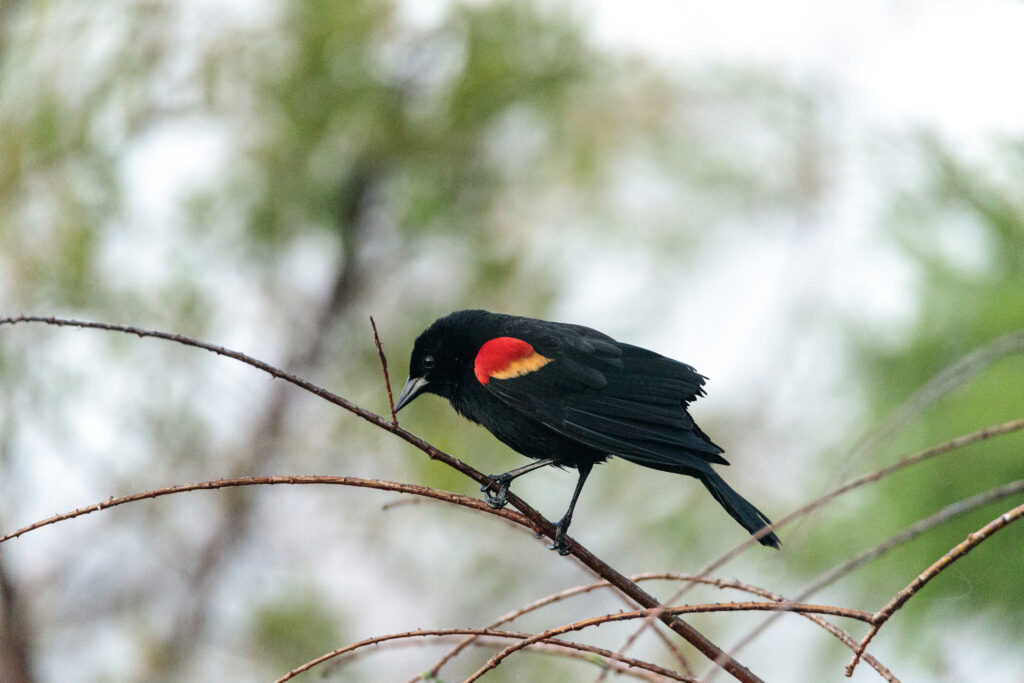
Red-winged blackbirds (Agelaius phoeniceus) are commonly found in North America, and they are residents of usual roadsides that are soggy and telephone wire.
The Red-winged Blackbird is a striking and abundant songbird known for its bold colors and distinctive vocalizations.
They exist in different colors male and female.
The female has a brown-colored streak that resembles a large sparrow.
On the other hand, the males have spots of yellow color on their shoulders.
These spots become hidden when males puff up themselves.
Red-winged Blackbirds measure between 6.7 and 9.1 inches (17 to 23 cm) in length, from the tip of their beak to the end of their tail.
These birds possess a moderate weight, usually ranging from 1.1 to 2.7 ounces (32 to 77 grams), with males being larger and heavier than females.
The wingspan of a Red-winged Blackbird extends approximately 12.2 to 15.8 inches (31 to 40 cm), allowing for agile flight and quick maneuvers.
These birds are the indicators of the spring season.
Whenever the spring is about to begin, they would sing a specific song through which you will be able to tell that spring is around the corner.
Red-winged Blackbirds are primarily omnivorous, consuming a varied diet that includes insects, seeds, grains, and small invertebrates.
Below are the characteristics of the Red-Winged Blackbird,
| Scientific Name | Agelaius phoeniceus |
| Family Name | Icteridae |
| Length | 6.7 – 9.1 inches (17 – 23 cm) |
| Weight | 1.1 – 2.7 ounces (32 – 77 grams) |
| Wingspan | 12.2 – 15.8 inches (31 – 40 cm) |
| Habitat | Marshes, wetlands, grasslands, and agricultural fields |
| Food | Insects, seeds, grains, small invertebrates, fruits, and berries |
5. European Starling
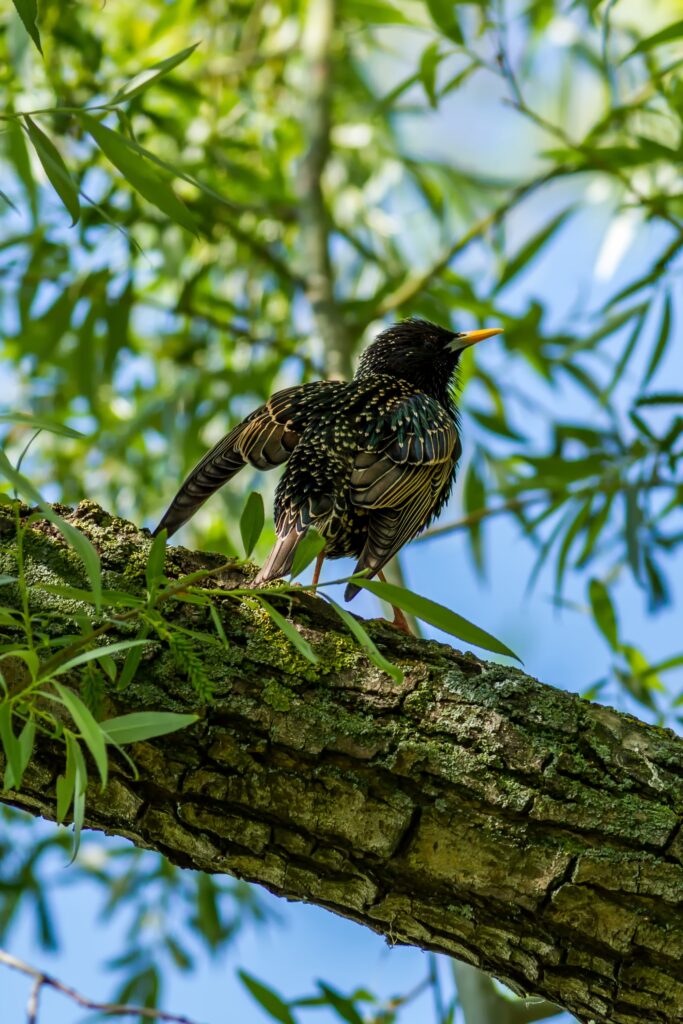
Back in the nineteenth century, Shakespeare enthusiasts brought these European Starlings (Sturnus vulgaris) for the first time to North America.
From that time till now, they have grown in large numbers and are among the most common birds of this land.
These songbirds have a black appearance overall having tails that are shorter in length with triangle-shaped wings.
In the winter season, when it’s cold, they have white spots all over their bodies and become darker in color.
On the other hand, these birds have a shiny and glossy appearance in the warning season.
Their bills are sharp-pointed and long.
European Starlings typically measure between 7.9 and 9.1 inches (20 to 23 cm) in length, from the tip of their beak to the end of their tail.
These birds have a moderate weight, generally ranging from 2.1 to 3.4 ounces (60 to 96 grams).
The wingspan of a European Starling spans approximately 12.2 to 17.3 inches (31 to 44 cm), providing them with agile flight capabilities and quick maneuvers.
These birds are aggressive and violent, because of which most people do not like them and try to avoid them.
You will see them flying around in flocks while making loud noises through most parts of the year.
European Starlings are omnivorous and opportunistic, feeding on a wide variety of food sources.
Their diet includes insects, seeds, grains, fruits, and berries.
They may also consume small invertebrates, such as earthworms and snails, as well as bird eggs and nestlings on occasion.
Below are the characteristics of the European Starling,
| Scientific Name | Sturnus vulgaris |
| Family Name | Sturnidae |
| Length | 7.9 – 9.1 inches (20 – 23 cm) |
| Weight | 2.1 – 3.4 ounces (60 – 96 grams) |
| Wingspan | 12.2 – 17.3 inches (31 – 44 cm) |
| Habitat | Urban, suburban, agricultural areas, and open woodlands |
| Food | Insects, seeds, grains, fruits, berries, small invertebrates, bird eggs, and nestlings |
6. House Sparrow
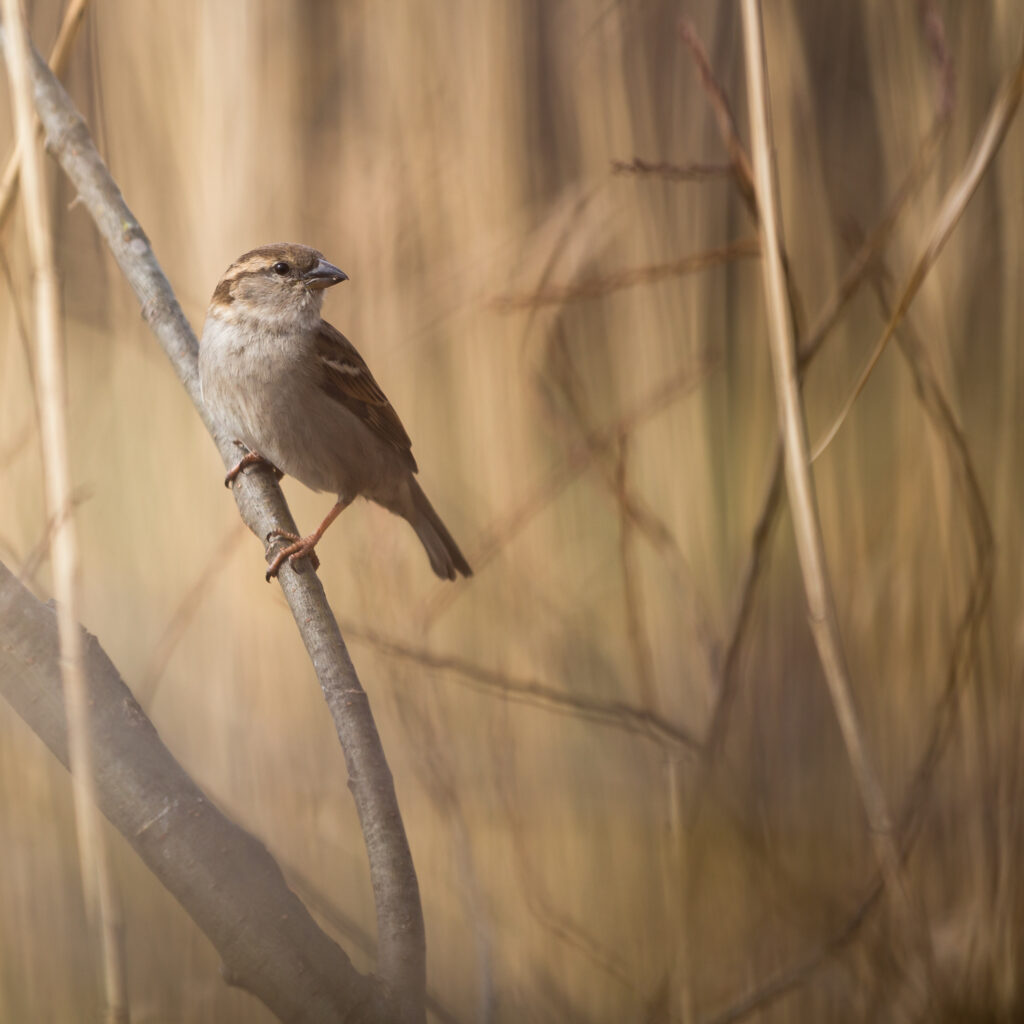
House Sparrows (Passer domesticus) are present in places where there are more human residents, like houses, apartments, or buildings.
It does not mean you will not see them in other places; it just means that in other places, they will be in much lesser quantities.
House Sparrows typically measure between 5.5 and 6.3 inches (14 to 16 cm) in length, from the tip of their beak to the end of their tail.
These birds have relatively lightweight, usually ranging from 0.85 to 1.4 ounces (24 to 39.5 grams).
The wingspan of a House Sparrow spans approximately 7.5 to 9.8 inches (19 to 25 cm), providing them with agile flight capabilities and quick maneuvers.
These birds are very common and can be seen almost everywhere around you.
They are not harmful to us, and they actually like humans, but some humans might dislike them because they can be harmful to other native birds of Nevada.
They are aggressive and can steal their nest boxes and birdhouses, which makes many people resent them.
House Sparrows are primarily granivorous, feeding mainly on seeds and grains.
Below are the characteristics of the House Sparrow,
| Scientific Name | Passer domesticus |
| Family Name | Passeridae |
| Length | 5.5 – 6.3 inches (14 – 16 cm) |
| Weight | 0.85 – 1.4 ounces (24 – 39.5 grams) |
| Wingspan | 7.5 – 9.8 inches (19 – 25 cm) |
| Habitat | Urban, suburban, agricultural areas, and open woodlands |
| Food | Seeds, grains, insects, fruits, and vegetables |
7. Ruby-Crowned Kinglet

The Ruby-crowned Kinglets (Regulus Calendula) are small in size but are full of energy.
They stay active throughout the day and are found in the lower branches of trees and shrubs.
If you want to identify a ruby-crowned kinglet, then simply look for a tiny bird that keeps flickering its wings continuously.
It has an overall green, grayish color with a ring around the eye of white color and a wing bar of white color.
As their name suggests, they have a ruby crown patched on their bodies, but this remains concealed by the males normally.
In order to see this ruby crown which is a patch of feathers, you have to look for a singing male ruby-crowned kinglet.
House Sparrows typically measure between 5.5 and 6.3 inches (14 to 16 cm) in length, from the tip of their beak to the end of their tail.
These birds have relatively lightweight, usually ranging from 0.85 to 1.4 ounces (24 to 39.5 grams).
The wingspan of a House Sparrow spans approximately 7.5 to 9.8 inches (19 to 25 cm), providing them with agile flight capabilities and quick maneuvers.
You will find them usually singing in warm weather, usually in spring or summer.
These adorable birds are liked by a lot of people throughout the world.
They are friendly and are not aggressive like the House Sparrow.
There are some visible differences found in these birds on the basis of the geographic location; for example, the subspecies in the Northwestern regions known as the Grinnell are a little darker in color than the rest.
House Sparrows are primarily granivorous, feeding mainly on seeds and grains.
Below are the characteristics of the Ruby-Crowned Kinglet,
| Scientific Name | Regulus calendula |
| Family Name | Regulidae |
| Length | 3.5 – 4.3 inches (9 – 11 cm) |
| Weight | 0.2 – 0.3 ounces (6 – 10 grams) |
| Wingspan | 6.3 – 7.1 inches (16 – 18 cm) |
| Habitat | Coniferous and mixed forests, gardens, and parks |
| Food | Insects, spiders, and their eggs; occasionally seeds and fruits |
8. Bewick’s Wren

Are you looking for the name of a bird that has a sharp voice and bold eyebrows that are elongated and white in color?
This bird that you have come across is known as Bewick’s Wrens (Thryomanes Bewickii).
These birds are small in size and are very active with full of energy.
Bewick’s Wrens typically measure between 4.3 and 5.5 inches (11 to 14 cm) in length, from the tip of their beak to the end of their tail.
These birds have relatively lightweight, generally ranging from 0.3 to 0.4 ounces (8 to 12 grams).
The wingspan of a Bewick’s Wren spans approximately 5.9 to 7.1 inches (15 to 18 cm), providing them with agile flight capabilities and quick maneuvers.
These have elongated tails and can make different types of sounds, for example, burr, trills, whistles, etc.
These sounds are usually made by them to alert the opponent who has entered their territory or to attract mates for breeding during the breeding season.
They used to be common in the eastern part of the U.S., but now their species have vanished from those parts and are only found in the western United States.
They can stretch up to a maximum length of about five-point-one inches and a weight of about point four oz.
You can try to attract them to your backyards through suet, mealworm, and hulled sunflower, but these are not usually seen around bird feeders anymore.
Instead, a more effective way of attracting them would be to plant shrubs.
Bewick’s Wrens primarily feed on insects and spiders, foraging in the vegetation and leaf litter to find their prey.
They occasionally consume seeds and small fruits, but their diet mainly consists of small invertebrates that they glean from branches, bark, and foliage.
Below are the characteristics of the Bewick’s Wren,
| Scientific Name | Thryomanes bewickii |
| Family Name | Troglodytidae |
| Length | 4.3 – 5.5 inches (11 – 14 cm) |
| Weight | 0.3 – 0.4 ounces (8 – 12 grams) |
| Wingspan | 5.9 – 7.1 inches (15 – 18 cm) |
| Habitat | Brushy areas, woodland edges, thickets, and suburban environments |
| Food | Insects, spiders, and occasionally seeds and small fruits |
Conclusion
In conclusion, Nevada’s diverse landscapes, from the arid deserts to the lush mountain ranges, host a remarkable array of common bird species.
The eight birds we’ve explored in this article—Northern Mockingbird, California Scrub-Jay, White-crowned Sparrow, Red-winged Blackbird, European Starling, House Sparrow, Ruby-Crowned Kinglet and Bewick’s Wren—each exhibit unique characteristics that contribute to the rich tapestry of Nevada’s avian life.
Whether you’re a seasoned birdwatcher or simply have a newfound interest in our feathered friends, keep an eye out for these captivating species as you explore the natural beauty of Northern and Southern Nevada.
FAQ
What is the best time of year to spot birds in Nevada?
While birdwatching can be enjoyed year-round in Nevada, spring and fall migrations offer the best opportunities to see a wide variety of species. However, many of the common birds mentioned in this article can be observed throughout the year.
Where are the best places to go birdwatching in Nevada?
Nevada has numerous birdwatching hotspots, including national parks, wildlife refuges, and state parks. Some popular locations include the Red Rock Canyon National Conservation Area, Ash Meadows National Wildlife Refuge, Great Basin National Park, and the Henderson Bird Viewing Preserve.
Are there any endangered or threatened bird species in Nevada?
Yes, Nevada is home to several endangered or threatened bird species, such as the Greater Sage-Grouse, Southwestern Willow Flycatcher, and Yellow-billed Cuckoo. Conservation efforts are ongoing to protect these vulnerable species and their habitats.
How can I attract more birds to my backyard in Nevada?
To attract more birds to your backyard, provide a variety of food sources, such as bird feeders with seeds, fruits, and nuts. Additionally, offer clean water sources for drinking and bathing, and create nesting opportunities with birdhouses or natural vegetation.
Is it legal to keep any of these common Nevada birds as pets?
Most native bird species in the United States, including those found in Nevada, are protected under the Migratory Bird Treaty Act, which prohibits capturing, possessing, or keeping them as pets. The European Starling and House Sparrow are exceptions, as they are non-native, invasive species. However, it’s essential to research local regulations and consider the ethical implications before keeping any wild bird as a pet.
Last Updated on March 23, 2023 by Lily Aldrin
